White sugar is an essential ingredient in almost all cuisines and recipes. It adds flavor and sweetness to baked goods, desserts, and beverages.
However, sometimes you may come across a recipe requiring softened sugar, and you might wonder what that means. Softened sugar is granulated sugar that has been moistened to create a texture that is similar to brown sugar.
This method is often used in recipes like cookies, cakes, and frostings, as it helps to create a lighter and fluffier texture. Softening white sugar is not a difficult process, but it requires time and patience.
How to soften white sugar? We will walk you through the steps to soften white sugar to achieve the perfect texture for your favorite recipes. However, we will cover the different methods of softening sugar, including the traditional, microwave, and food processor methods. We will also provide tips and tricks to help you get the best results and share some common mistakes to.
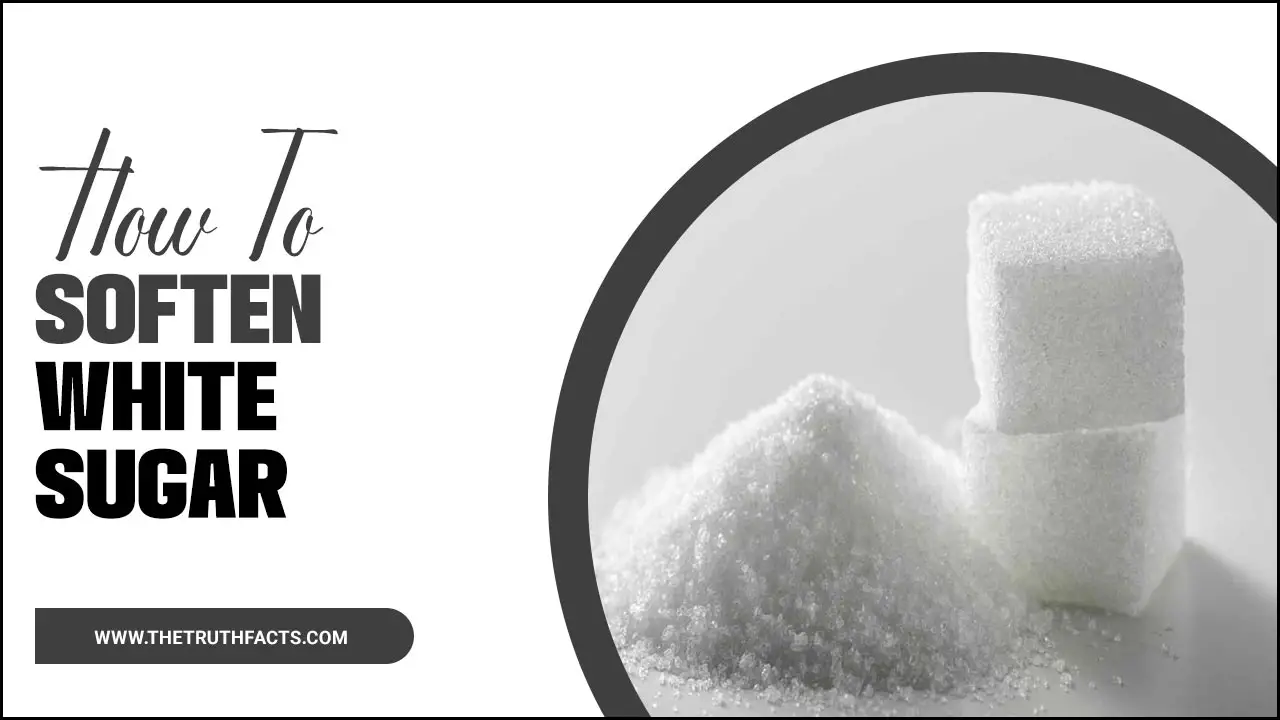
How To Soften White Sugar? Expert Techniques
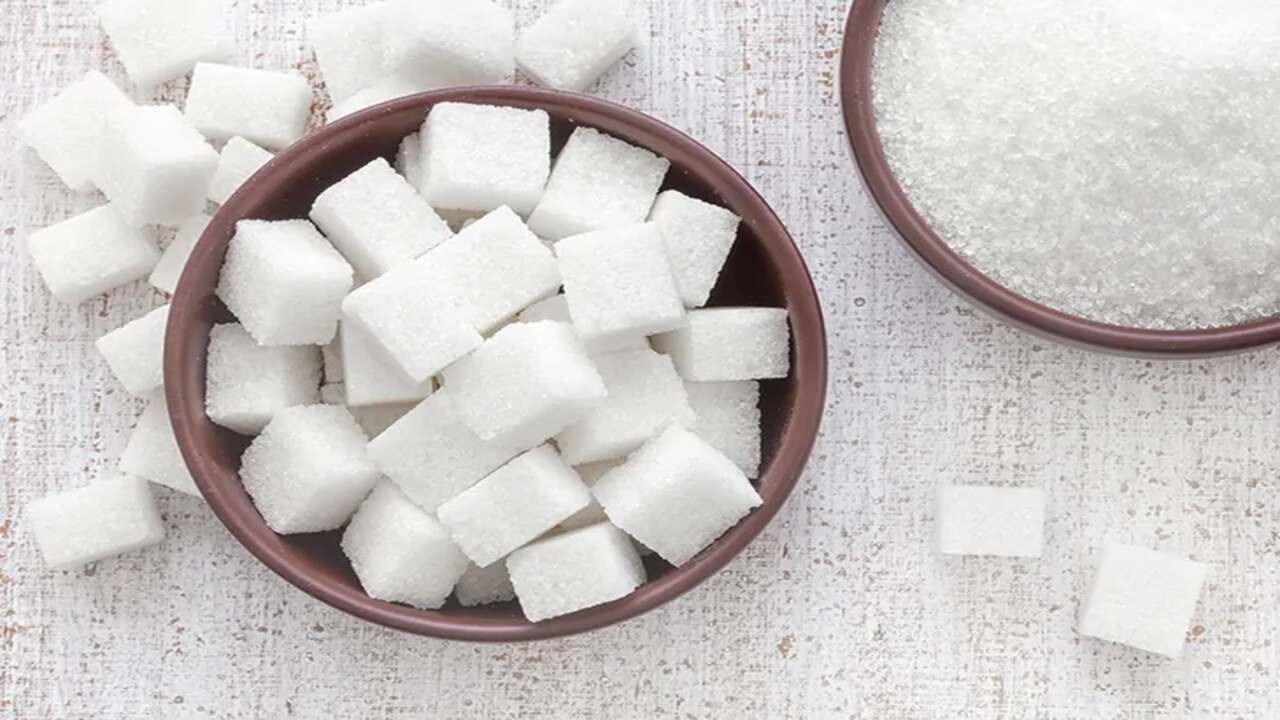
If you’ve ever found yourself with a bag of hardened white sugar, don’t worry – there are expert techniques for softening it back to its original granular state. One method is to place a slice of bread or a damp paper towel in the container with the sugar. The moisture from the bread or paper towel will help to soften the sugar over time.
Another technique is to transfer the hardened sugar into a microwave-safe bowl and cover it with a damp paper towel. Then, microwave it in short bursts, checking and stirring every 20-30 seconds until the sugar has softened. Both methods can help you quickly and efficiently soften your white sugar, ensuring it’s ready for use in your favorite recipes.
Method 1: The Microwave Solution
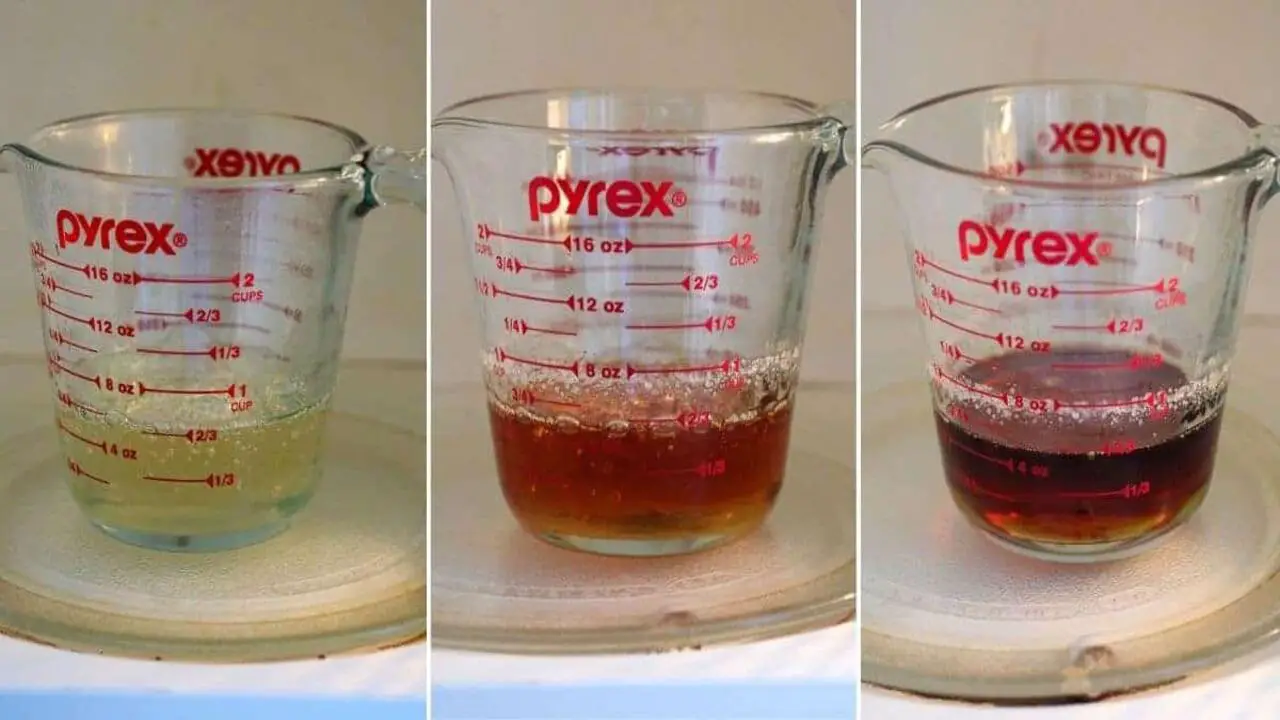
To soften white sugar using the microwave method, start by placing the sugar in a microwave-safe bowl. Add a few drops of water to the sugar and cover the bowl with a damp paper towel. Microwave the sugar on low power for short intervals, stirring between intervals. Once the sugar is soft, let it cool before using. This quick and easy method harnesses the power of the microwave to restore hardened sugar to its original form.
Method 2: Harnessing The Power Of The Food Processor
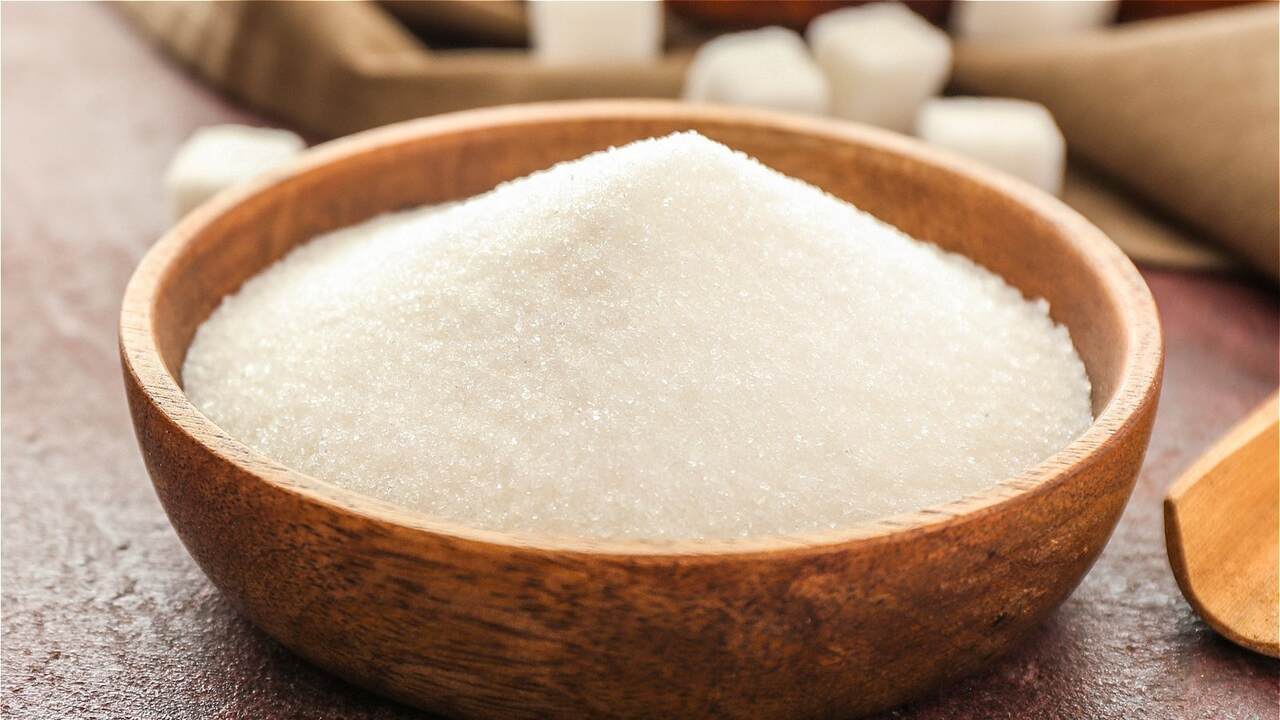
Using a food processor can quickly break down hardened sugar crystals. The powerful blades of the food processor create friction, helping to soften the sugar. Simply pulse the sugar in the food processor for a few seconds until it becomes soft. This method is especially effective for large quantities of hardened sugar. Be careful not to over-process the sugar, as it can become powdered.
Method 3: Quick Fix With A Wet Paper Towel
To quickly soften white sugar, try the wet paper towel method. Simply place a damp paper towel in a resealable bag with the hardened sugar and let it sit for a few hours. The moisture from the paper towel will soften the sugar, making it easier to use in recipes. Just ensure the bag is completely sealed to prevent moisture from escaping or entering. Before using the sugar, gently break up any clumps.
Method 4: The Natural Approach – Using An Apple Slice
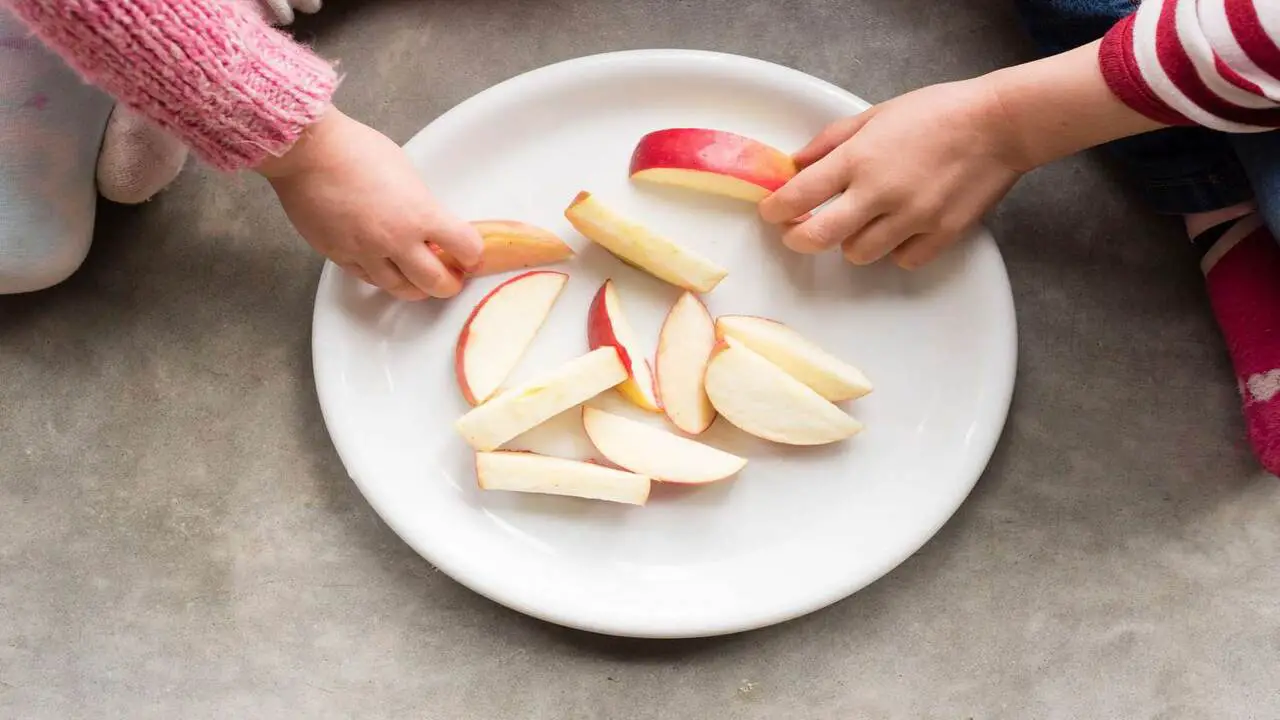
To naturally soften white sugar, you can try using an apple slice. It’s a chemical-free method that involves placing a fresh apple slice in a sealed container with the hardened sugar for a few days. The moisture from the apple slice will soften the sugar, making it easier to use.
Remove the apple slice once the sugar has softened to prevent mold or spoilage. This organic solution is perfect for those seeking a simple, natural way to soften white sugar.
Method 5: Steaming Your Way To Softness

You can try steaming to soften white sugar quickly and without melting it. Place a damp towel over a sugar bowl and steam it for a few minutes. The moisture from the steam will help break up clumps and make the sugar easier to use and measure.
This method is perfect when you need softened sugar quickly and don’t want to wait for it to soften naturally. Just be careful not to get the sugar wet, as it may dissolve and become unusable.
Method 6: The Traditional Pestle Method
The traditional pestle method, a tried and true technique for softening white sugar, involves using a mortar and pestle to break down the hardened sugar into smaller granules. This manual method requires physical effort and consistent pressure to grind the sugar effectively. While it can be time-consuming, the traditional pestle method is a reliable way to soften white sugar and ensure its usability.
Method 7: Grinding It Out With A Coffee Grinder
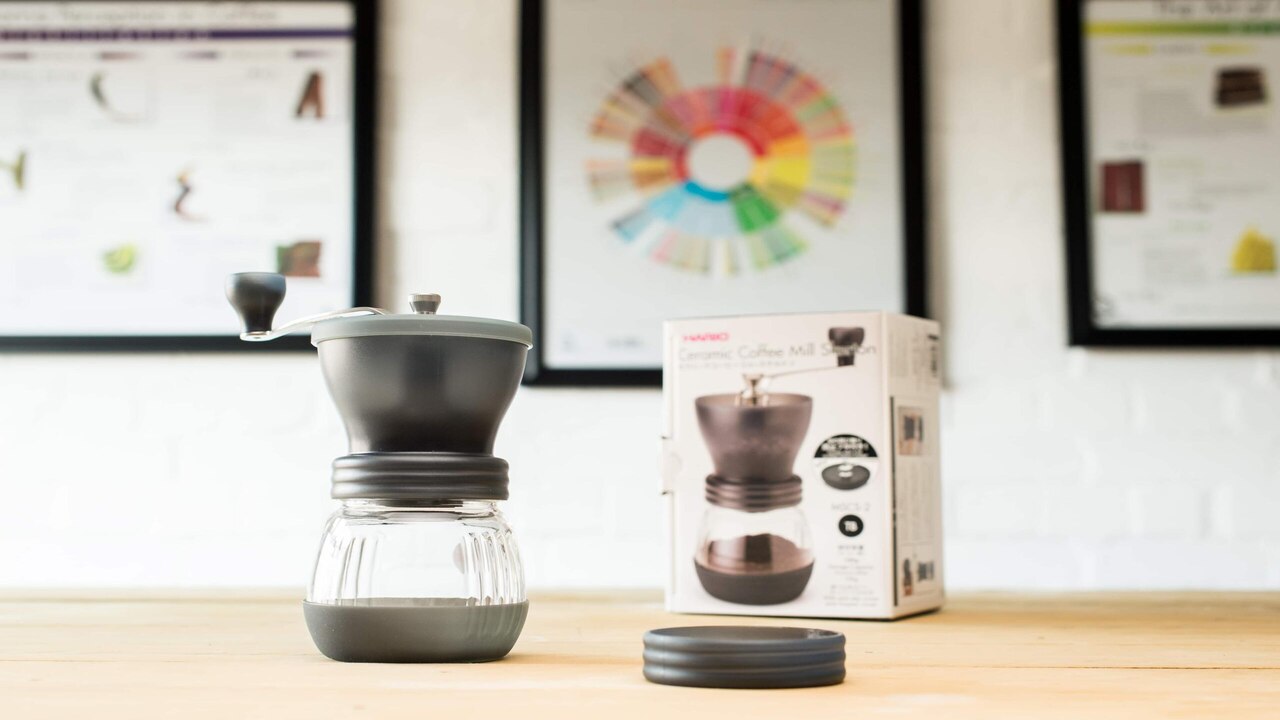
Grinding white sugar in a coffee grinder can help break down clumps and make it easier to use. Be sure to clean the coffee grinder thoroughly before and after grinding the sugar. Using a coffee grinder specifically dedicated to grinding spices or non-coffee items is important.
Grind the sugar in small batches to ensure an even texture and prevent overloading the grinder. The powdered sugar from grinding can be used in various baking recipes or as a beverage sweetener.
How Does The Hardness Affect The Usability Of White Sugar?
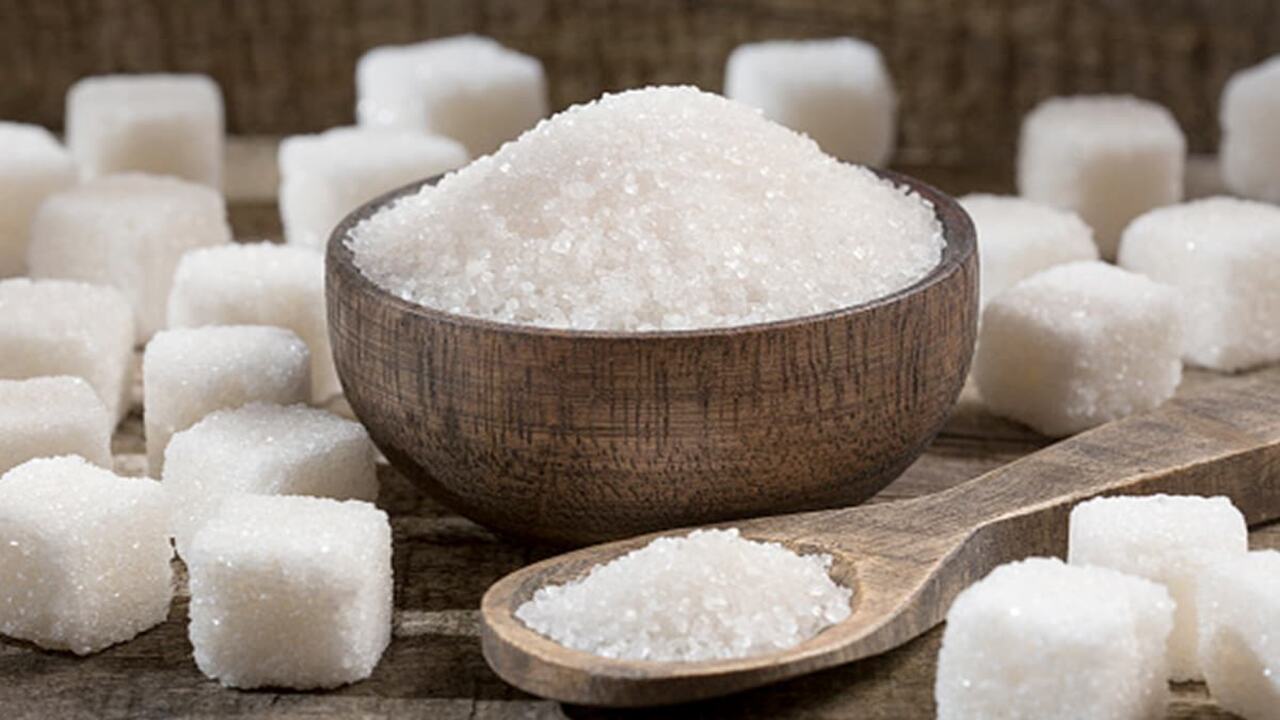
The hardness of white sugar can greatly impact its usability in various culinary applications. When sugar becomes hard and clumps together, it can be difficult to measure accurately and incorporate into recipes. This can result in uneven sweetness or texture in the final product.
Additionally, hard sugar can be challenging to dissolve completely in liquids, leading to a grainy texture. To soften white sugar, you can try a few simple methods. One option is to place a slice of bread or a damp paper towel in an airtight container with the hardened sugar for a few hours or overnight.
The moisture from the bread or towel will help to soften the sugar. Alternatively, you can break up the hardened sugar using a food processor or by placing it in a resealable bag and crushing it with a rolling pin. By softening your white sugar, you can ensure it is easier to work with and achieve optimal results in baking and cooking.
What’s Your Favorite Dessert Recipe Using White Sugar?
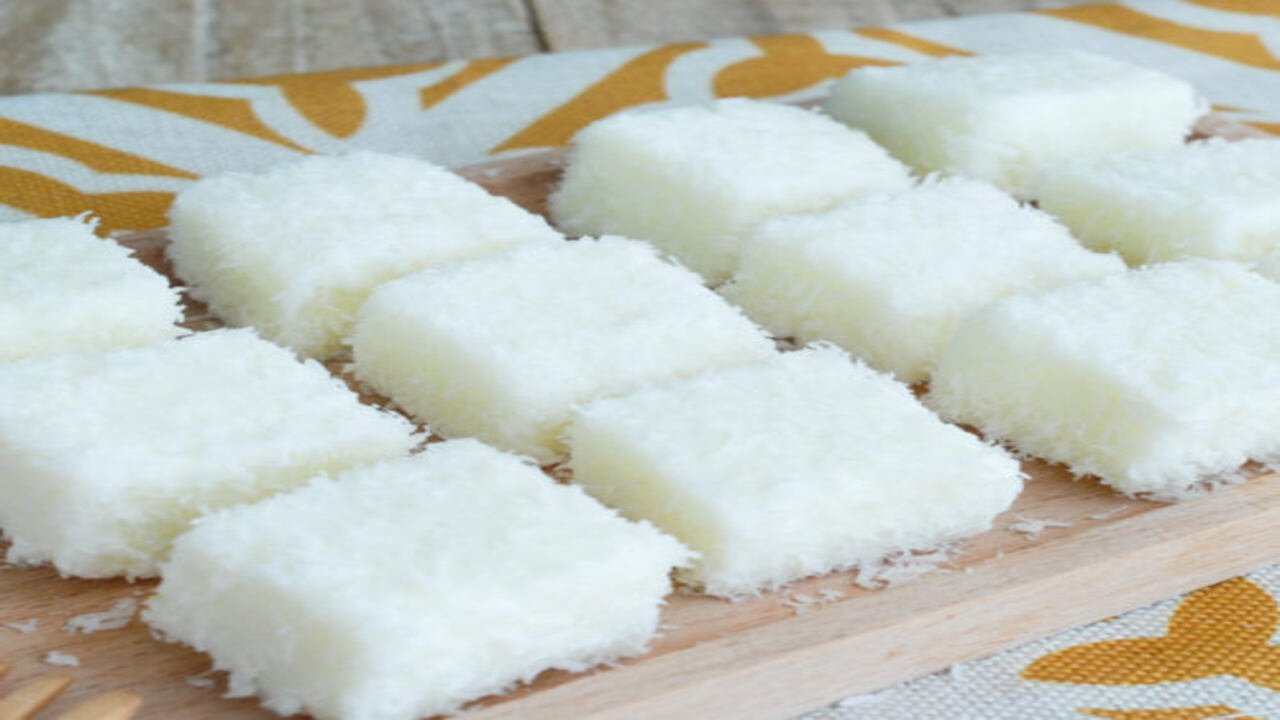
When baking and creating delicious desserts, white sugar is a staple ingredient. Its sweet taste and ability to add texture and moisture to recipes make it an essential component in many dessert recipes.
From classic chocolate chip cookies to fluffy cakes and homemade caramel, countless dessert recipes rely on the sweetness of white sugar. So, what’s your favorite dessert recipe using white sugar? Share your go-to recipe, and let us know why you love it! Whether it’s a family favorite or a new creation, we can’t wait to hear all about your sweet indulgences.
Does The Type Of Sugar Affect The Softening Process?
When softening white sugar, the type of sugar you use can affect the process. While all types of granulated white sugar can be softened, some may require more time and effort than others. For example, refined white sugar tends to harden more quickly and may take longer to soften compared to organic or unrefined sugars.
This is because refined sugar has smaller crystals more prone to clumping together. However, regardless of the type of sugar you are working with, a few tried-and-true methods can help soften it back to its original state.
These include using airtight containers, adding moisture through ingredients like lemon zest or apple slices, or gently heating the sugar in the microwave or oven. With patience and experimentation, you can easily soften any type of white sugar for your baking and cooking needs.
Conclusion
there are several effective methods to soften white sugar and make it more usable for various recipes. Whether you choose to use the microwave, food processor, wet paper towel, apple slice, steaming, pestle and mortar, or coffee grinder method, each technique has its own advantages and can yield excellent results.
The hardness of white sugar can affect its usability, making it important to know how to soften it when needed. Additionally, it’s interesting to explore favorite dessert recipes that utilize white sugar and experiment with different types of sugar to see if they affect the softening process. So soften your white sugar and indulge in some delicious homemade desserts.
Frequently Asked Questions
1.How Do You Soften Hard White Sugar?
Ans: Place it in a microwave-safe bowl to soften hard white sugar and cover it with a damp paper towel. Microwave the sugar on high for 20-second intervals, checking and stirring between intervals until it softens. Alternatively, to soften naturally, you can place the hard sugar in an airtight container with a slice of bread or a damp paper towel for 1-2 days. Avoid adding water directly to the sugar, as it may cause clumping.
2.How Do You Soften A 5lb Bag Of White Sugar?
Ans: To soften a 5lb bag of white sugar, transfer it to an airtight container and add a damp paper towel or bread slice. Seal the container and wait for 24-48 hours. The moisture will help soften the sugar.
3.How Long Does It Take For White Sugar To Soften Using Different Methods?
Ans: The time it takes for white sugar to soften varies depending on the method used. For example, the microwave method can take around 30 seconds to 1 minute, while the bread method may take a few hours or overnight. Utilizing a food processor or blender typically only takes a few seconds.
4.Are There Any Potential Risks Or Downsides To Softening White Sugar?
Ans: There are no significant risks or downsides to softening white sugar. It simply involves breaking up clumps and making them easier to use. Softening does not affect the sugar’s taste, texture, or quality. Softened sugar can be stored in an airtight container for future use.
5.Can I Use A Microwave To Soften White Sugar?
Ans: Yes, you can soften white sugar using a microwave. Place the hardened sugar in a microwave-safe bowl and heat it briefly, checking the consistency after each round. Stir occasionally during the microwaving process to distribute the heat evenly.
